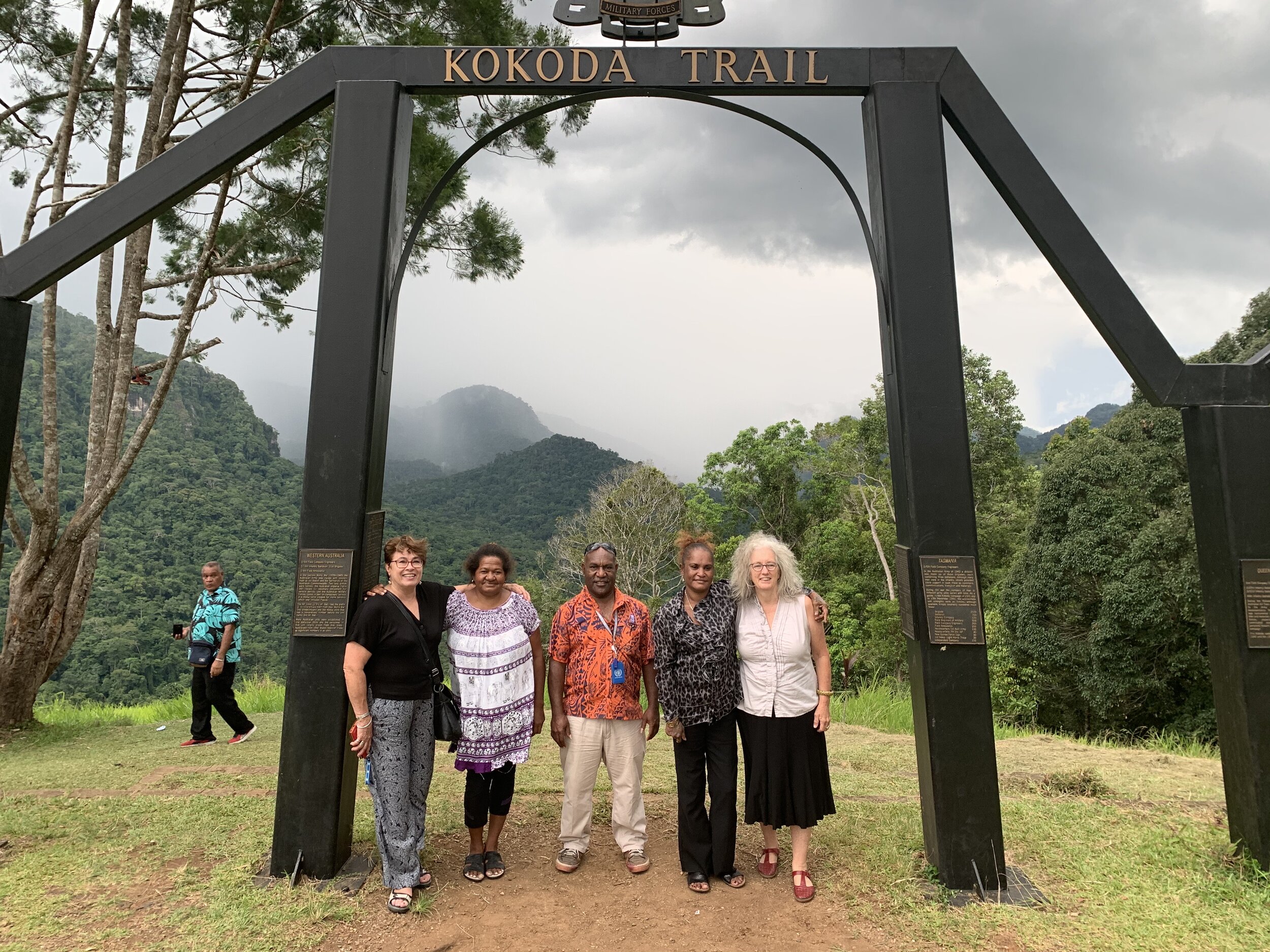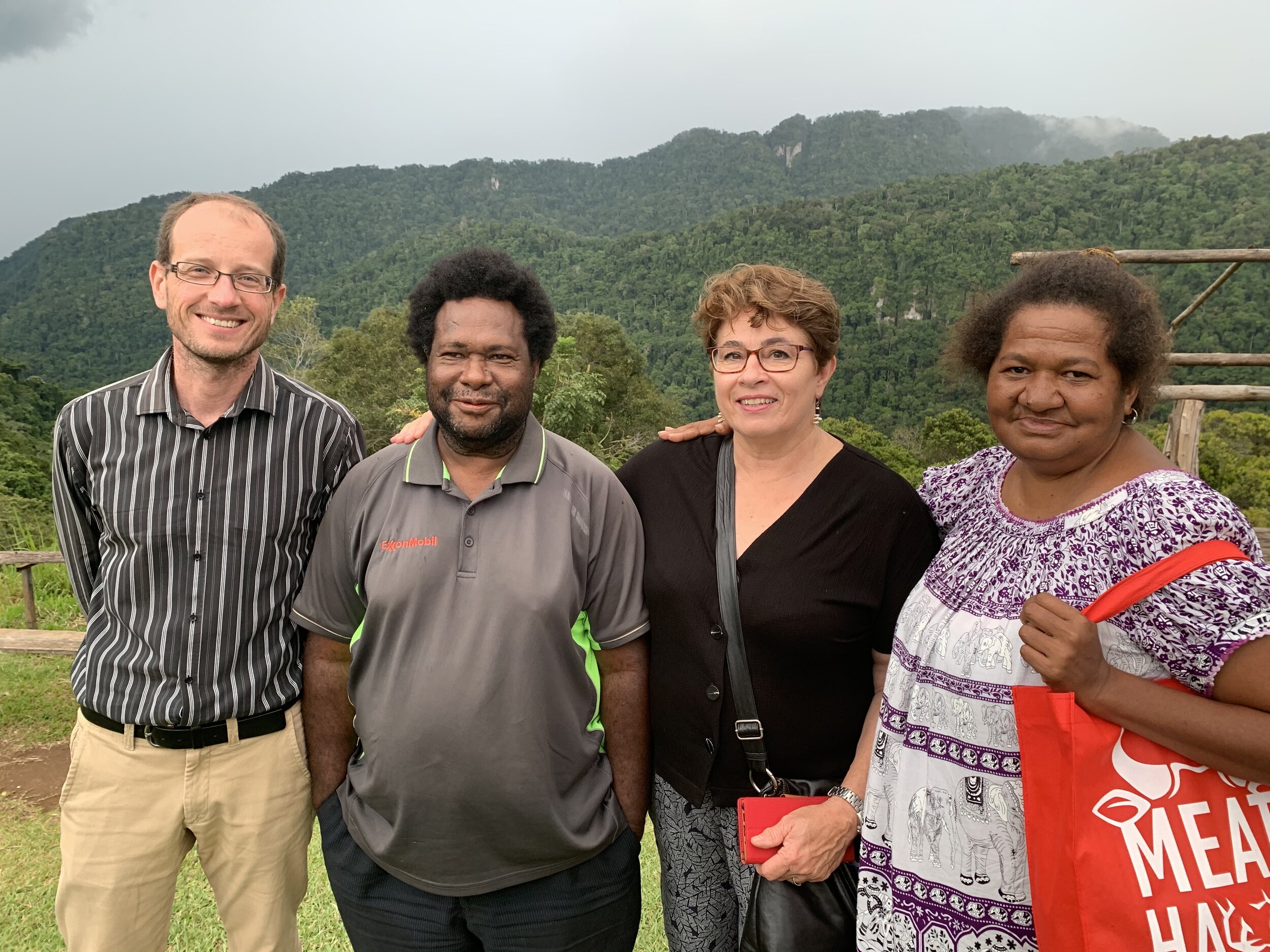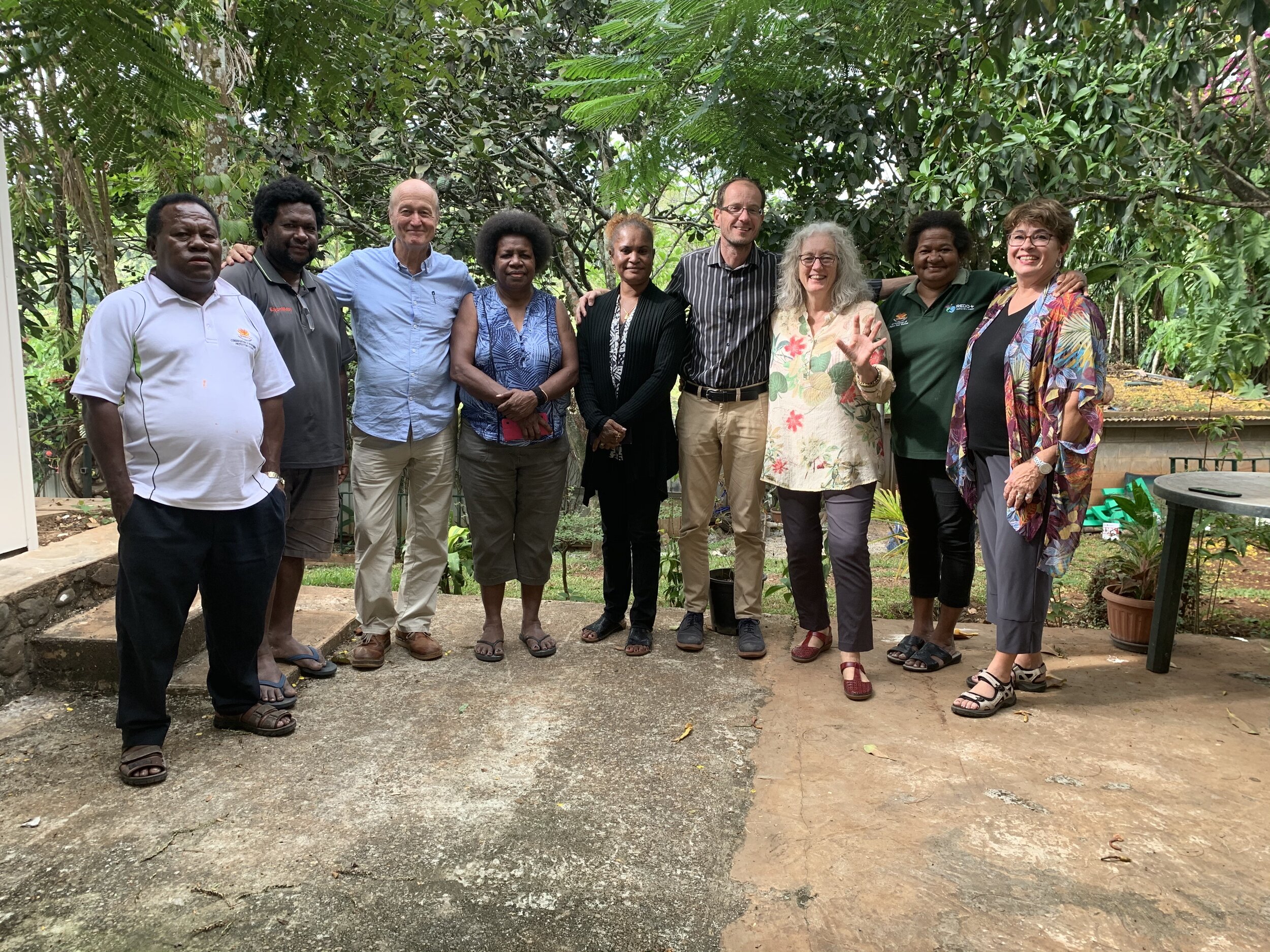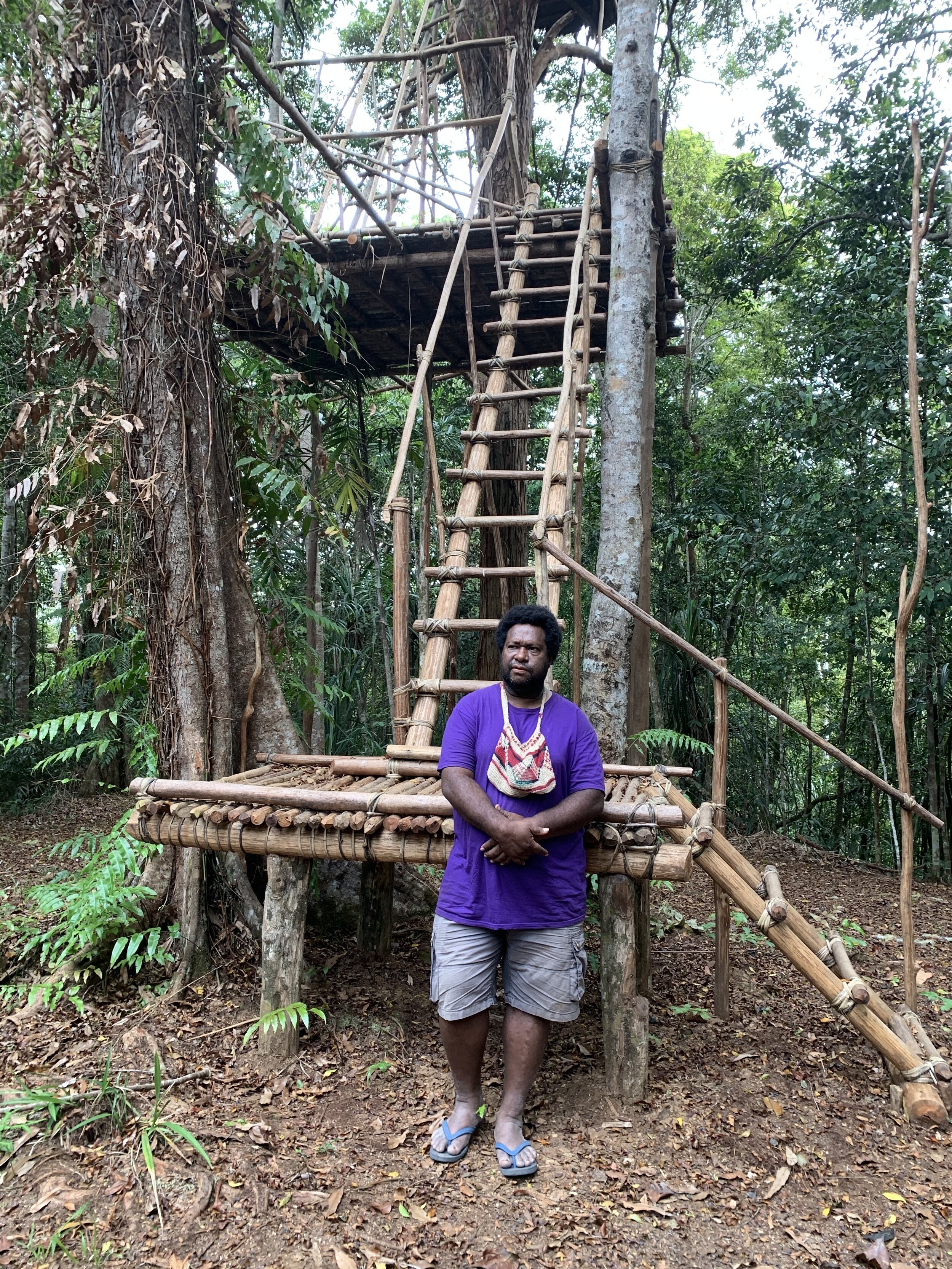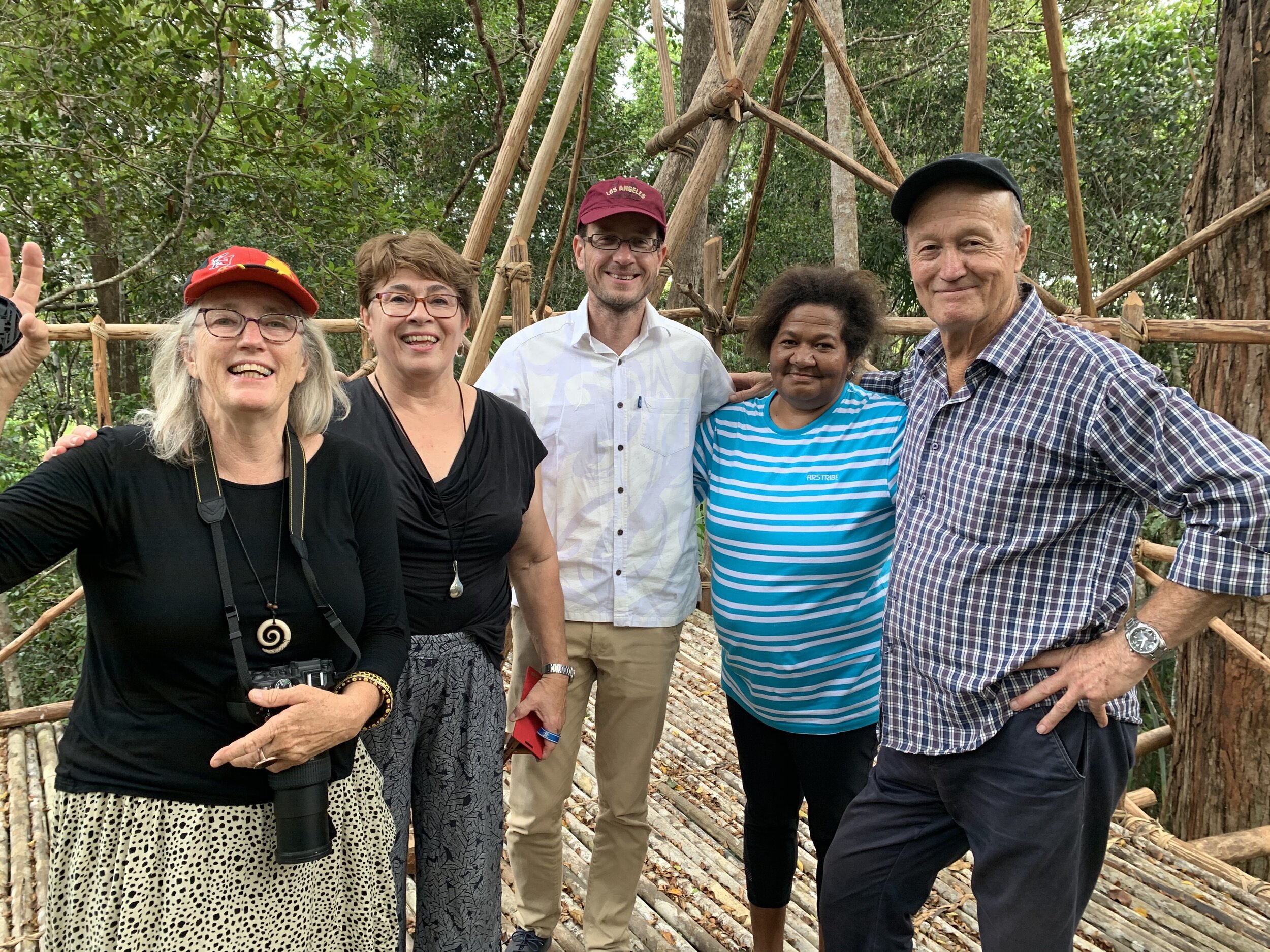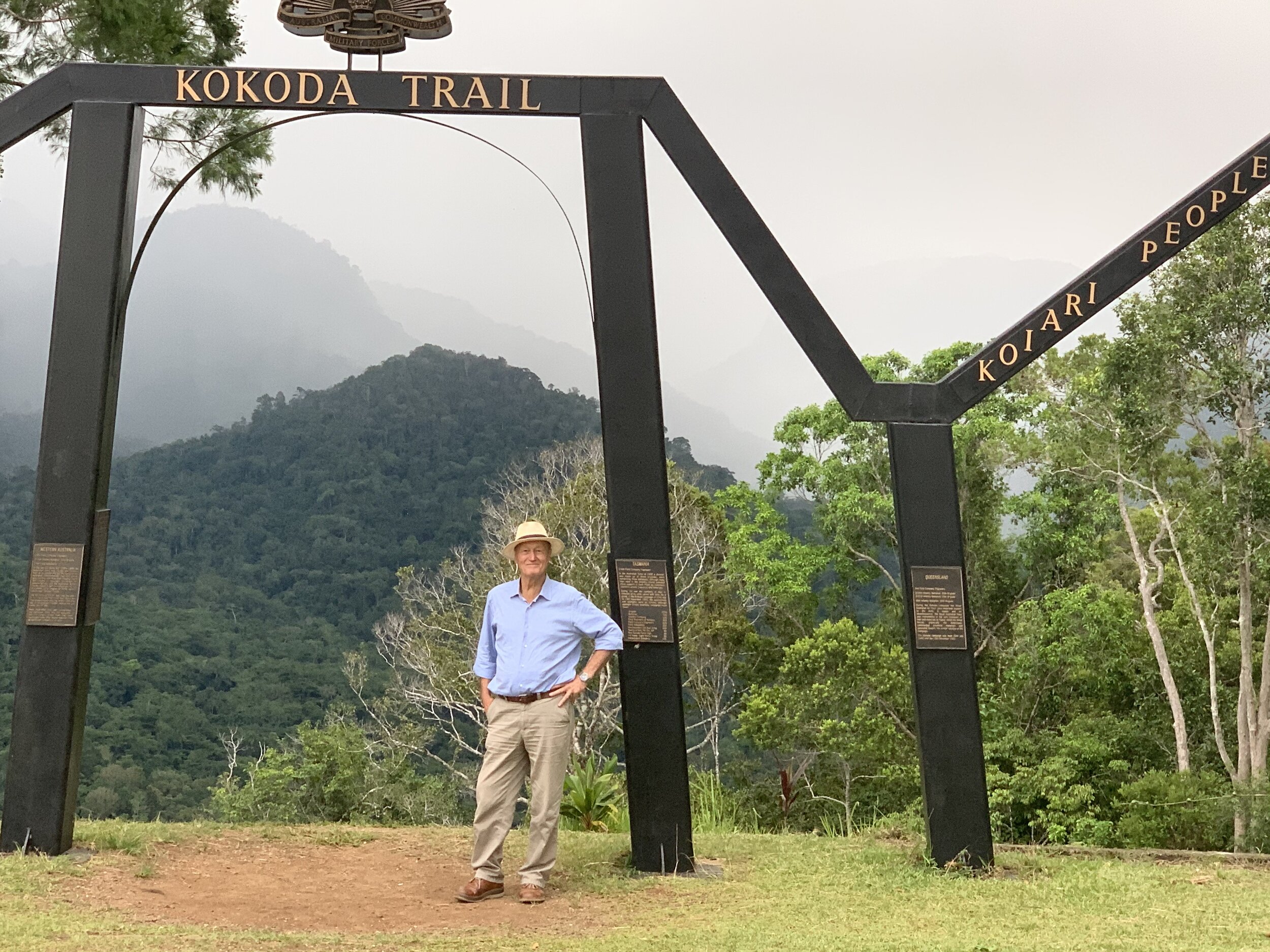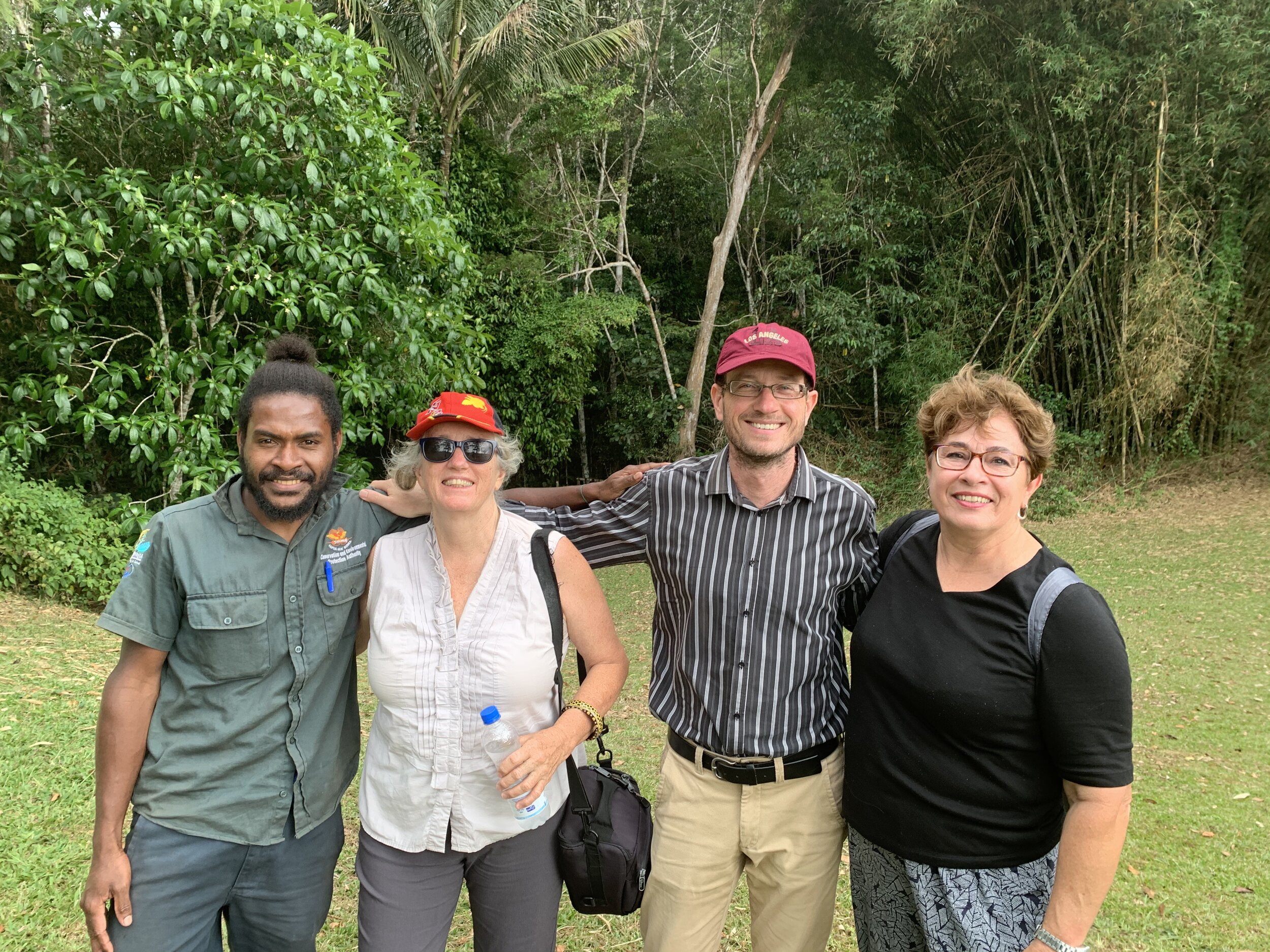PROTECTED AREA CONSERVATION IN PAPUA NEW GUINEA
A capacity building partnership with the Conservation & Environment Protection Agency (CEPA) in Papua New Guinea
In 2020, the Institute established a capacity building partnership with the Conservation and Environment Protection Authority (CEPA) of Papua New Guinea (PNG), funded by the United Nations Development Program (UNDP).
This partnership builds on work by CEPA to review the management of Protected Areas in Papua New Guinea (PNG) and introduce Protected Area legislation. Through this partnership, the Institute delivered a capacity building program to help train customary landowners and CEPA to effectively manage the network of protected areas in PNG.
Due to the Covid-19 pandemic, the program was delivered online into PNG from Australia and unfortunately the customary landowners were unable to travel to participate, so the training focused on CEPA staff. The program was heralded by all participants as a great success.
PROTECTED AREAS IN PAPUA NEW GUINEA
Customary landowners are the custodians of 97% of the land in PNG. These landowners recognise many areas of land and sea as “tambu” – areas of special spiritual significance. The PNG government also recognises the importance of protected areas and the need to manage them effectively.
In 2016–2017 the Government of Papua New Guinea, through CEPA and with the support of the UNDP, organised a high-level evaluation of the management of protected areas.
The key findings of the evaluation were as follows:*
41 of the 58 of protected areas were in good to very good condition
45% of the total area protected was in good to very good condition
Important values were declining in over half of the protected areas
With an aim to improve protected area management, CEPA developed an ambitious and comprehensive Protected Area Policy which has been endorsed by the National Executive Council, and they also prepared the Protected Areas Bill. The policy and legislation they introduced is orientated towards greater involvement and management by customary landowners.
These legislative measures are also intended to assist PNG to meet its Convention on Biodiversity (CBD) target of 17% of land area protected area by 2020.
THE PARTNERSHIP in PRACTICE
In late 2019, project leader A/Prof John Merson and capacity building specialist Dr. Dedee Woodside visited Port Moresby to meet key CEPA stakeholders and scope out the needs and deliverables of the project. These stakeholder meetings were part of the Inception phase of the partnership.
The primary outcome of these meetings was an Inception report, synthesising stakeholder input and outlining the need to deliver three courses on the ground to stakeholders in PNG. These three courses covered:
The Open Standards for the Practice of Conservation
Stakeholder Engagement and Communication skills
Protected Area Management in Practice (this course was modified to be a set of curated online resources accessible on demand)
Participants were supported by mentoring sessions in between courses.
The courses and mentoring sessions were delivered in close collaboration with another project funded by UNDP to strengthen the management effectiveness of Protected Areas in PNG. This project, led by Mat Wolnicki, worked directly with community representatives in PNG to deliver Statements of Management Intent (SMI) and Management Action Plans.
Participants who attended Mat Wolnicki’s workshops were able to use skills and tools acquired through Institute courses to develop and deliver these management statements and plans.
